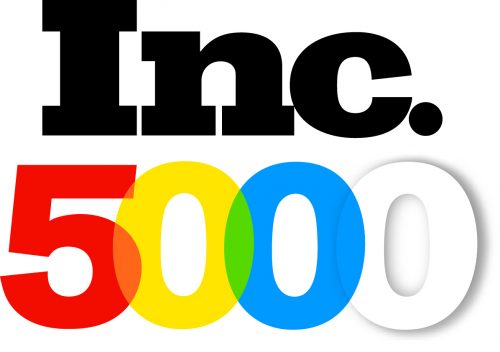Is 2020 the year you regain your financial footing?
While it might seem like an impossible mountain to scale, the reality is that becoming financially stable is easier than you think.
The key is knowing the right steps to take, resources to use and timeline to follow.
Today, we’re sharing five secrets that can help you expedite this process, rebuild your nest egg and get back on your feet. Read on to discover the hacks to know.
1. Make Savings Automatic
Today, there are more tools than ever before that can help you make saving money as mindless as possible. From software like Acorn that lets you invest your spare change automatically to employer direct deposit solutions, the list is wide and varied.
While you don’t have to use every resource at your disposal, it’s smart to know what’s out there. This article lists the best round-up apps to help you get started on a small scale.
Once you’re comfortable there, add your personal savings account to your list of monthly bill payments. Just as you’d have your utility bill directly drafted from your checking account, set aside a specific amount (5% to 10% of your income) to “pay yourself” monthly.
This way, you don’t have to think about it and the money still goes where it needs to be.
2. Pay Off Credit Card Debt
Saving money in some areas while still maxing out your credit card? This can feel like taking one step forward and two steps back.
To achieve true financial stability, you’ll need to eliminate your outstanding credit card debt for good. While that little piece of plastic might feel harmless and convenient as you’re swiping it, misusing it can lead to serious, long-term consequences.
Research shows that 55% of Americans struggle with credit card debt. Are you one of them?
If so, before you go much further in this process, take the time to create a routine that will help you pay down your overdue expenses.
Credit card debt can negatively affect your credit score, making it more difficult to obtain an auto loan, mortgage, and even a job. In addition, credit cards also carry exorbitant interest rates, so it could take you years to pay yours off if you’re only covering the minimum balance each month.
Make a budget to identify and cut any areas of discretionary spending. Then, commit to putting aside a set portion of your income each month toward this debt until it’s paid off in full.
To make the process easier, debt consolidation can help you combine all of your monthly invoices into one single payment, often with a lower interest rate than you’re used to paying.
3. Create a Retirement Plan
One of the smartest ways to become financially stable is to plan ahead for your future. If you aren’t already contributing regularly to a retirement plan, now is the time to do so. This applies even if you’re still decades away from retiring!
If your employer offers a 401(k), ensure you’re making the maximum contributions you can every year. In most cases, your employer will match your contribution up to a certain percent, so it’s wise to take full advantage of that resource.
If you don’t have access to a 401(k), consider meeting with a financial advisor and setting up an Individual Retirement Account (IRA). Then, establish a portion of your income to go toward that account every month. Down the road, you’ll be glad you did.
4. Set Up a Line of Credit
While it can be tempting to take out a personal loan when money gets tight, these can leave you with sky-high interest rates and put you even further behind in the long run.
Instead, a home equity line of credit (HELOC) is a more secure and low-risk way to finance certain expenses and access emergency funds as required.
Though the most common use of a HELOC is to finance property-related upgrades such as renovations or home improvements, they aren’t too limited in scope. In many cases, you can also leverage yours to consolidate debt or cover a large, unexpected expense.
Keep in mind that the interest on your HELOC will only be tax-deductible if you use the money on house-related costs, but consider the alternative. If you have to sell an investment to cover a short-term expense, the capital gains tax you’ll incur will likely exceed the cost of any HELOC interest you’ll pay.
5. Stabilize Your Income
We saved this step for last because it will likely take the longest time to implement. One of the most effective ways to achieve financial success is to stabilize your income.
This means if you’re currently hopping between multiple part-time jobs and freelance gigs that don’t pay the same amount of money each month, it’s time to look for something more consistent.
Unless you know how to plan ahead, you won’t be able to set a realistic and accurate budget. A career counselor can help you find a job that’s well-suited for your needs, interests, and abilities.
In some cases, you might need to pursue advanced certification or additional education to land the job you want. If this applies to you, look for full-time work that can help you offset those costs or research student loans responsibly. Even if it isn’t your dream job just yet, it’s a stepping stone on the way toward career fulfillment.
Begin the Journey and Become Financially Stable
Especially if you’re overwhelmed with debt and your savings account is drained, it might feel daunting to consider your personal finances.
In reality, the journey to becoming financially stable begins with a single step. These five tips above can help you get on track and stay there, one important decision at a time.
Along the way, we’re here to help you pay off your debt in the quickest and most effective way possible. We’ll review your information and pair you with debt consolidation solutions designed around your specific needs.
Get started today and let’s connect!




